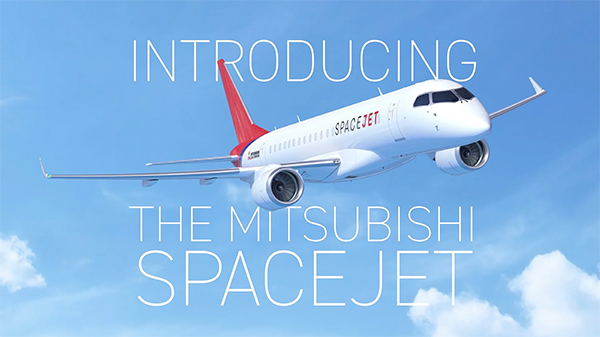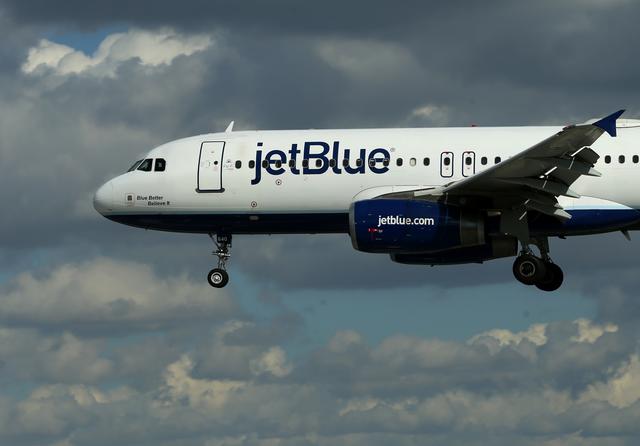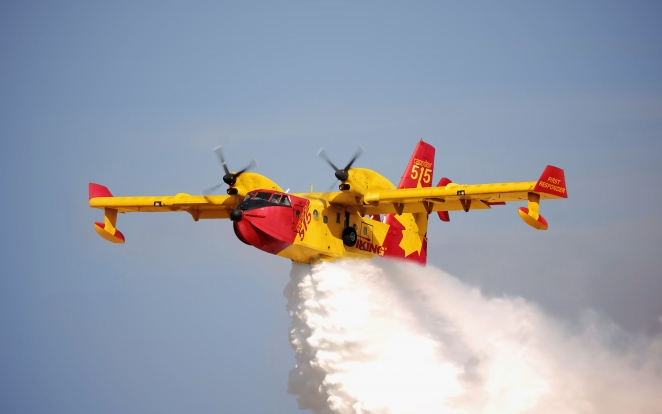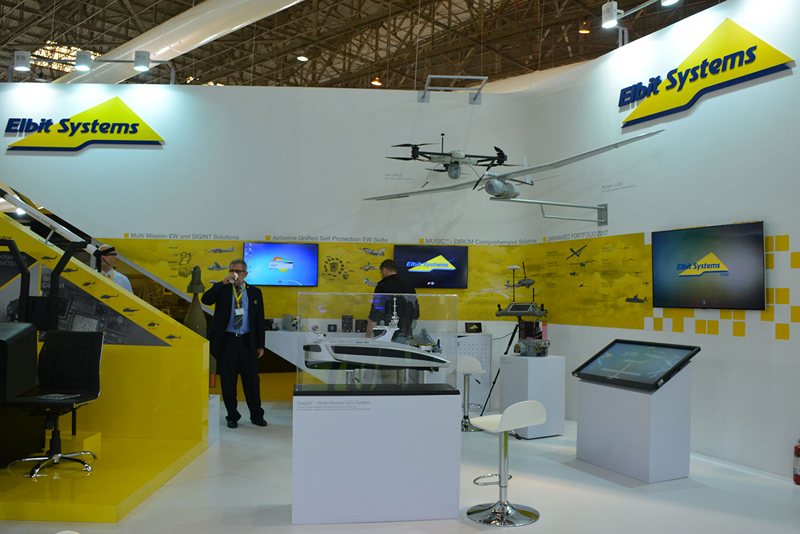- MHI now positioned to transform and lead the underserved regional jet business, with bolstered customer support services
- Key step in MHI’s strategy of expanding its aircraft business globally, with a mid-term focus on North America
- Completes Bombardier’s aerospace transformation and refocus on business aviation
Mitsubishi Heavy Industries, Ltd (MHI) (TOKYO:7011) and Bombardier Inc (TSX: BBD.B) announced today they have entered into a definitive agreement, whereby MHI will acquire Bombardier’s regional jet program for a cash consideration of $550 million USD, payable to Bombardier upon closing, and the assumption by MHI of liabilities amounting to approximately $200 million USD. Under the agreement, Bombardier’s net beneficial interest in the Regional Aircraft Securitization Program (RASPRO), which is valued at approximately $180 million USD, will be transferred to MHI.
Pursuant to the agreement, MHI will acquire the maintenance, support, refurbishment, marketing, and sales activities for the CRJ Series aircraft, including the related services and support network located in Montréal, Québec, and Toronto, Ontario, and its service centres located in Bridgeport, West Virginia, and Tucson, Arizona, as well as the type certificates.
This acquisition is complementary to MHI’s existing commercial aircraft business, in particular the development, production, sales and support of the Mitsubishi SpaceJet commercial aircraft family. The maintenance and engineering capabilities of the CRJ program will further enhance critical customer support functions, a strategic business area for MHI in the pursuit of future growth.
Seiji Izumisawa, President & CEO of Mitsubishi Heavy Industries Ltd., commented: “As we outlined during the recent Paris Air Show, we are working hard to ensure that we provide new profit potential for airlines and set a new standard for passenger experience. This transaction represents one of the most important steps in our strategic journey to build a strong, global aviation capability. It augments these efforts by securing a world-class and complementary set of aviation-related functions including maintenance, repair and overhaul (MRO), engineering and customer support.”
Izumisawa concluded, “The CRJ program has been supported by tremendously talented individuals. In combination with our existing infrastructure and resources in Japan, Canada and elsewhere, we are confident that this represents one effective strategy that will contribute to the future success of the Mitsubishi SpaceJet family. MHI has a decades-long history in Canada, and I hope this transaction will result in the expansion of our presence in the country, and will represent a significant step in our growth strategy.”
“We are very pleased to announce this agreement, which represents the completion of Bombardier’s aerospace transformation,” said Alain Bellemare, President and Chief Executive Officer, Bombardier Inc. “We are confident that MHI’s acquisition of the program is the best solution for airline customers, employees and shareholders. We are committed to ensuring a smooth and orderly transition.”
Bellemare continued: “With our aerospace transformation now behind us, we have a clear path forward and a powerful vision for the future. Our focus is on two strong growth pillars: Bombardier Transportation, our global rail business, and Bombardier Aviation, a world-class business jet franchise with market-defining products and an unmatched customer experience.”
The CRJ production facility in Mirabel, Québec will remain with Bombardier. Bombardier will continue to supply components and spare parts and will assemble the current CRJ backlog on behalf of MHI. CRJ production is expected to conclude in the second half of 2020, following the delivery of the current backlog of aircraft.

Bombardier will also retain certain liabilities representing a portion of the credit and residual value guarantees totaling approximately $400 million USD. This amount is fixed and not subject to future changes in aircraft value, and payable by Bombardier over the next four years.
The transaction is currently expected to close during the first half of 2020 and remains subject to regulatory approvals and customary closing conditions.
The agreement contemplates a reverse break fee payable by MHI under certain circumstances.
About MHI
Mitsubishi Heavy Industries, Ltd. (MHI), headquartered in Tokyo, is one of the world’s leading industrial firms with 80,000 group employees and annual consolidated revenues of around US$38 billion. For more than 130 years, the company has channeled big thinking into innovative and integrated solutions that move the world forward. MHI owns a unique business portfolio covering land, sea, sky and even space. MHI delivers innovative and integrated solutions across a wide range of industries from commercial aviation and transportation to power plants and gas turbines, and from machinery and infrastructure to integrated defense and space systems.
For more information, please visit MHI’s website: www.mhi.com/index.html
About Bombardier
With over 68,000 employees, Bombardier is a global leader in the transportation industry, creating innovative and game-changing planes and trains. Our products and services provide world-class transportation experiences that set new standards in passenger comfort, energy efficiency, reliability and safety.
Headquartered in Montreal, Canada, Bombardier has production and engineering sites in 28 countries as well as a broad portfolio of products and services for the business aviation, commercial aviation and rail transportation markets. Bombardier shares are traded on the Toronto Stock Exchange (BBD). In the fiscal year ended December 31, 2018, Bombardier posted revenues of $16.2 billion US. The company is recognized on the 2019 Global 100 Most Sustainable Corporations in the World Index. News and information are available at bombardier.com or follow us on Twitter @Bombardier.
Bombardier and CRJ are trademarks of Bombardier Inc. or its subsidiaries














